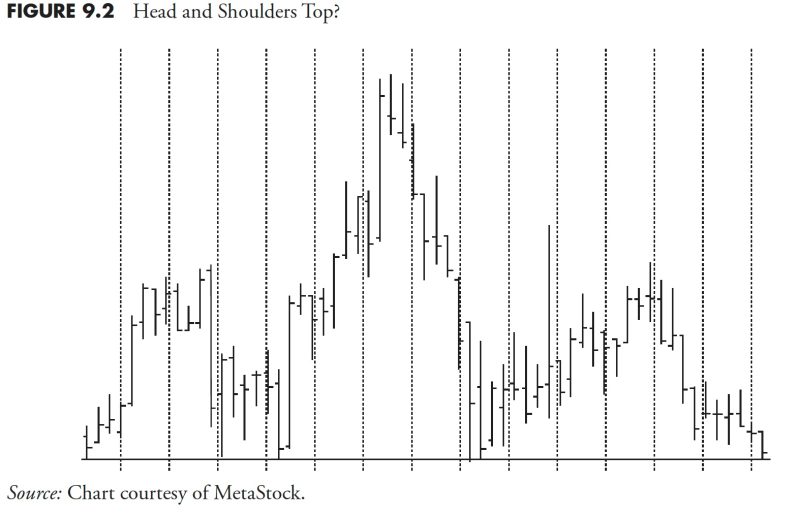Market Research and Analysis Part 2: Understanding Technical Indicators
In the world of finance, market research and analysis play a crucial role in making informed investment decisions. While fundamental analysis focuses on evaluating the intrinsic value of an asset, technical analysis involves studying historical price and volume data to predict future price movements. Technical indicators are essential tools used by analysts and traders to assess market trends and make profitable trades. In this article, we delve deeper into the realm of technical indicators and their significance in market research and analysis.
Moving Averages
One of the most commonly used technical indicators is the moving average. Moving averages are calculated by averaging the price of an asset over a specified period. The two main types of moving averages are the simple moving average (SMA) and the exponential moving average (EMA). SMAs give equal weight to each data point, while EMAs place more weight on recent price data. Moving averages are used to identify trends and potential reversal points in the market.
Relative Strength Index (RSI)
The Relative Strength Index (RSI) is a momentum oscillator that measures the speed and change of price movements. RSI values range from 0 to 100, with readings above 70 indicating an overbought condition and readings below 30 suggesting an oversold condition. Traders use the RSI to identify potential trend reversals and to confirm the strength of a current trend.
MACD Indicator
The Moving Average Convergence Divergence (MACD) is a trend-following momentum indicator that shows the relationship between two moving averages of an asset’s price. The MACD is comprised of three components: the MACD line, the signal line, and the histogram. Traders look for bullish and bearish crossovers between the MACD line and the signal line to generate buy and sell signals. The histogram represents the difference between the MACD line and the signal line, providing further insight into market momentum.
Bollinger Bands
Bollinger Bands consist of a simple moving average and two standard deviation bands above and below the average. The bands expand and contract based on market volatility. Traders use Bollinger Bands to identify overbought and oversold conditions in the market. When the price moves outside the bands, it may indicate a potential reversal or continuation of the current trend.
Stochastic Oscillator
The Stochastic Oscillator is a momentum indicator that compares an asset’s closing price to its price range over a specified period. The oscillator consists of two lines, %K and %D, which fluctuate between 0 and 100. Readings above 80 suggest overbought conditions, while readings below 20 indicate oversold conditions. Traders use the Stochastic Oscillator to identify potential trend reversals and to generate buy and sell signals.
In conclusion, technical indicators are invaluable tools for conducting market research and analysis in the financial markets. By leveraging moving averages, RSI, MACD, Bollinger Bands, and the Stochastic Oscillator, traders can gain insights into market trends, identify potential entry and exit points, and make informed trading decisions. It is essential to use a combination of technical indicators to confirm signals and reduce the risk of false signals. By incorporating technical analysis into their trading strategy, investors can enhance their market insights and improve their overall trading performance.

